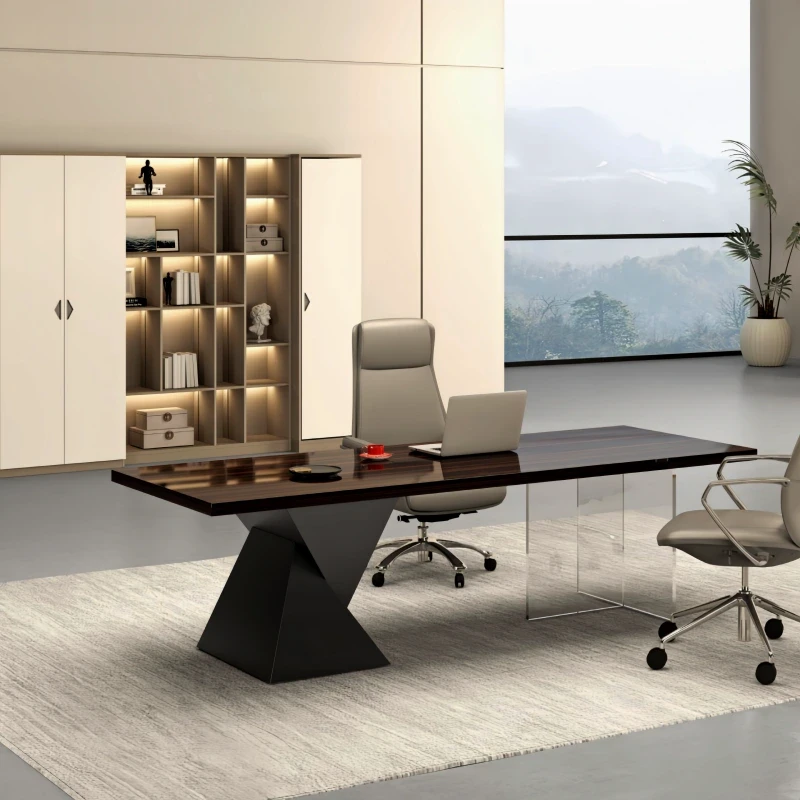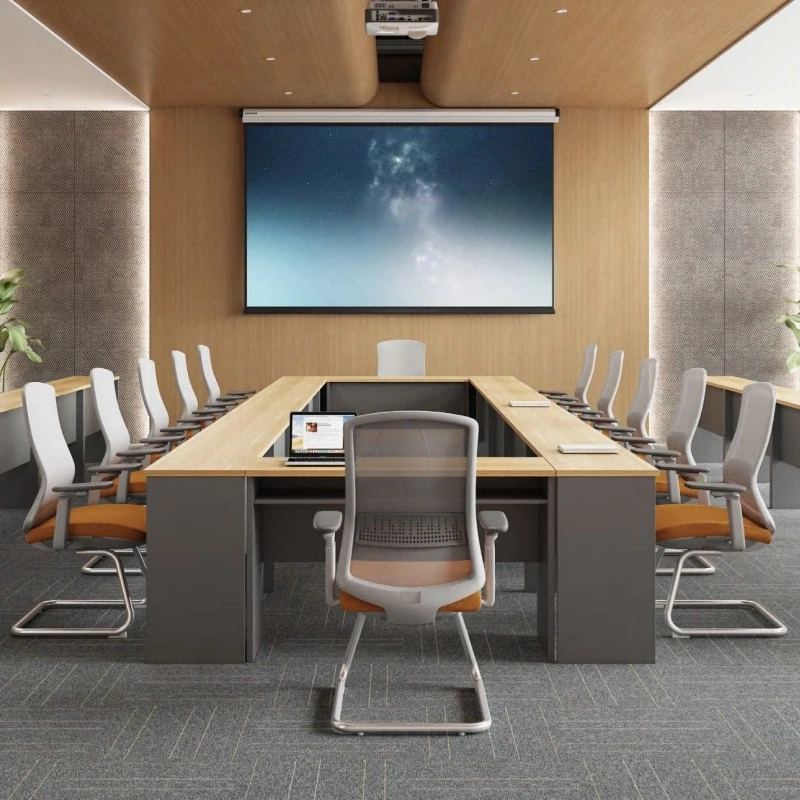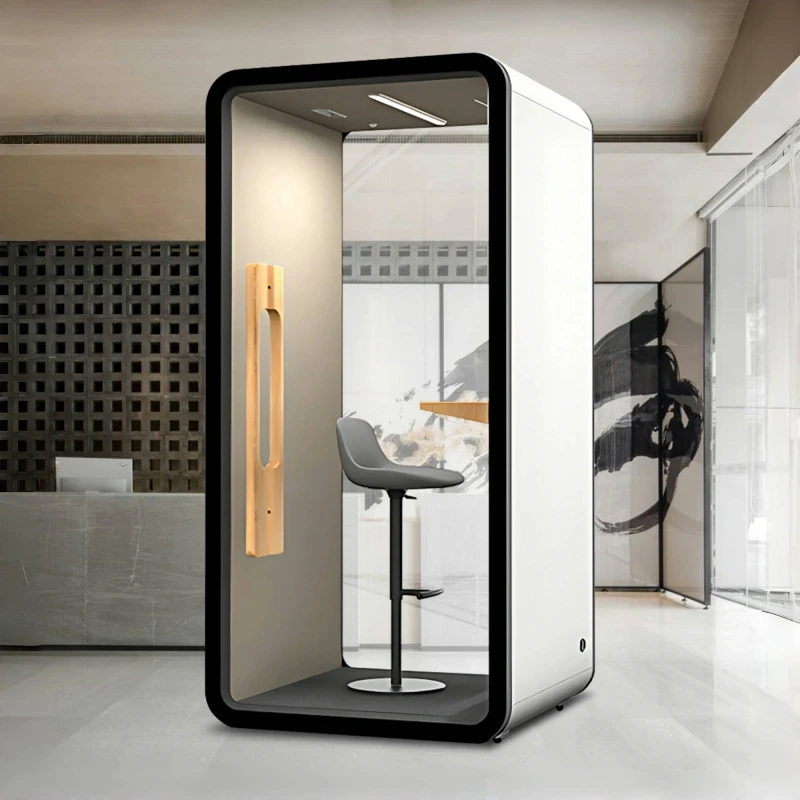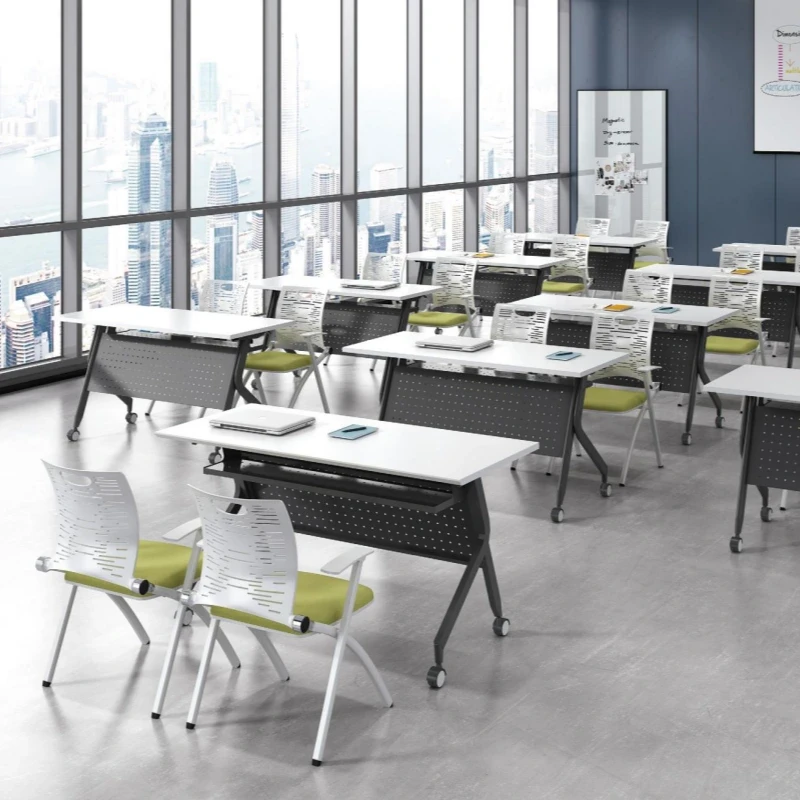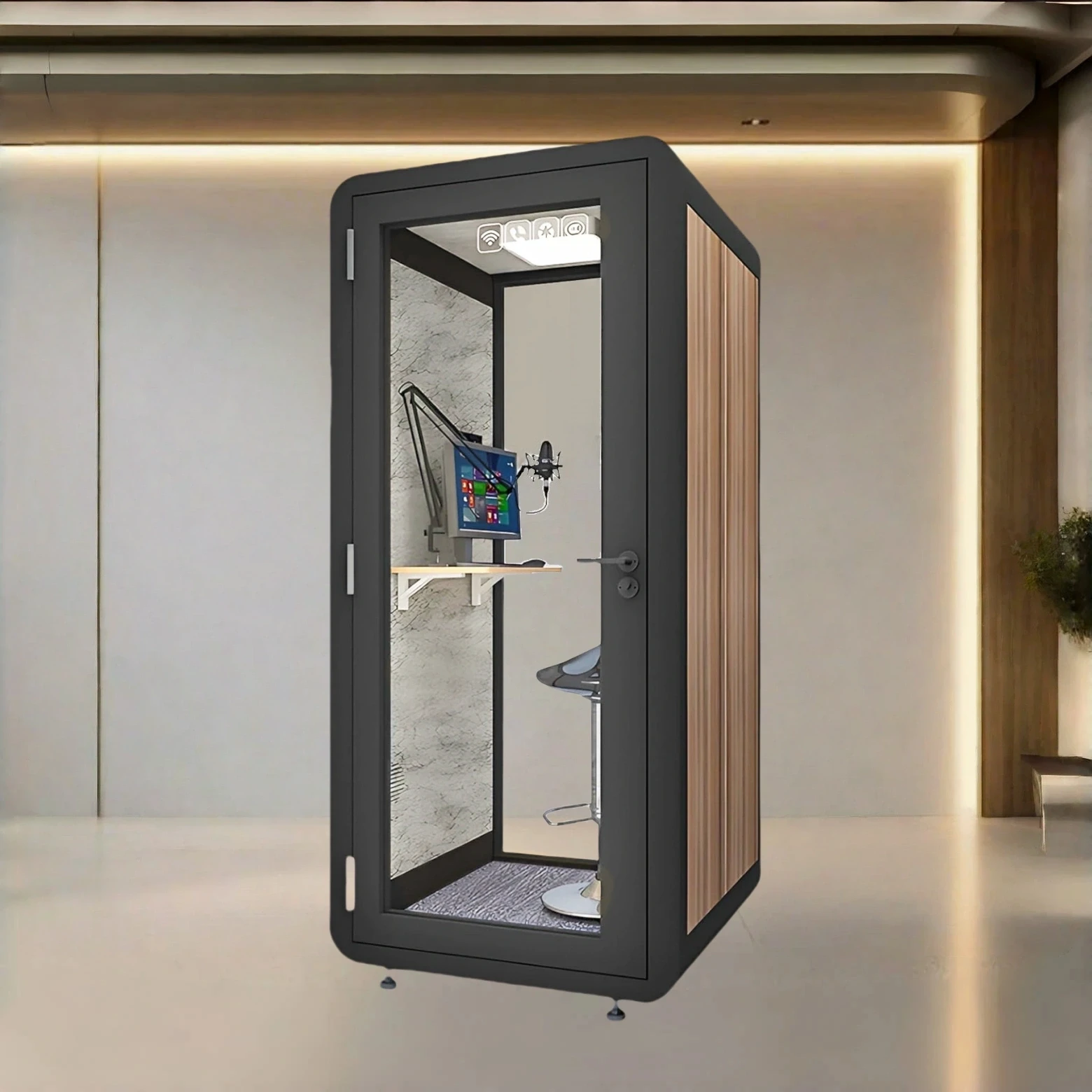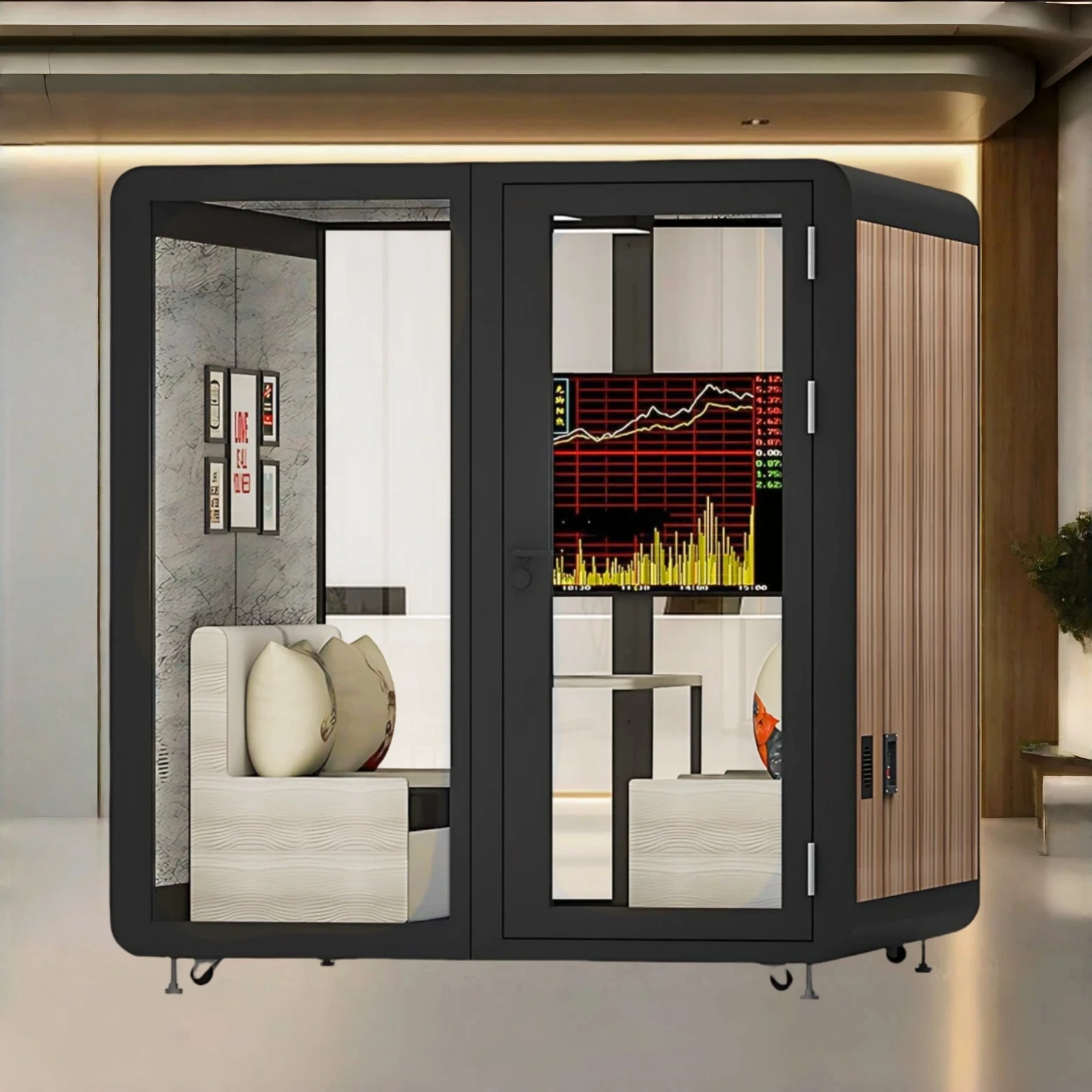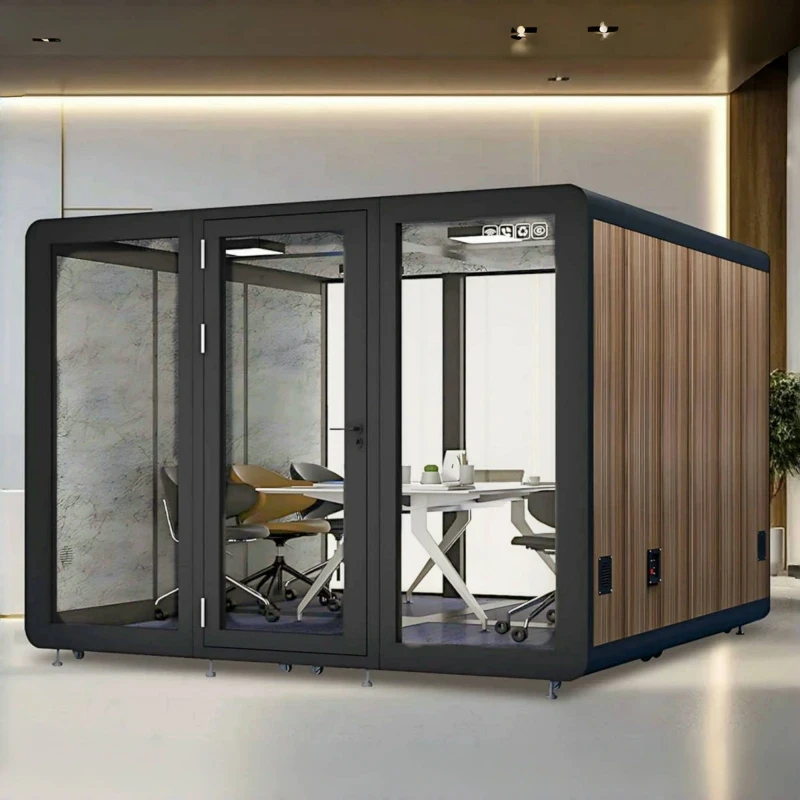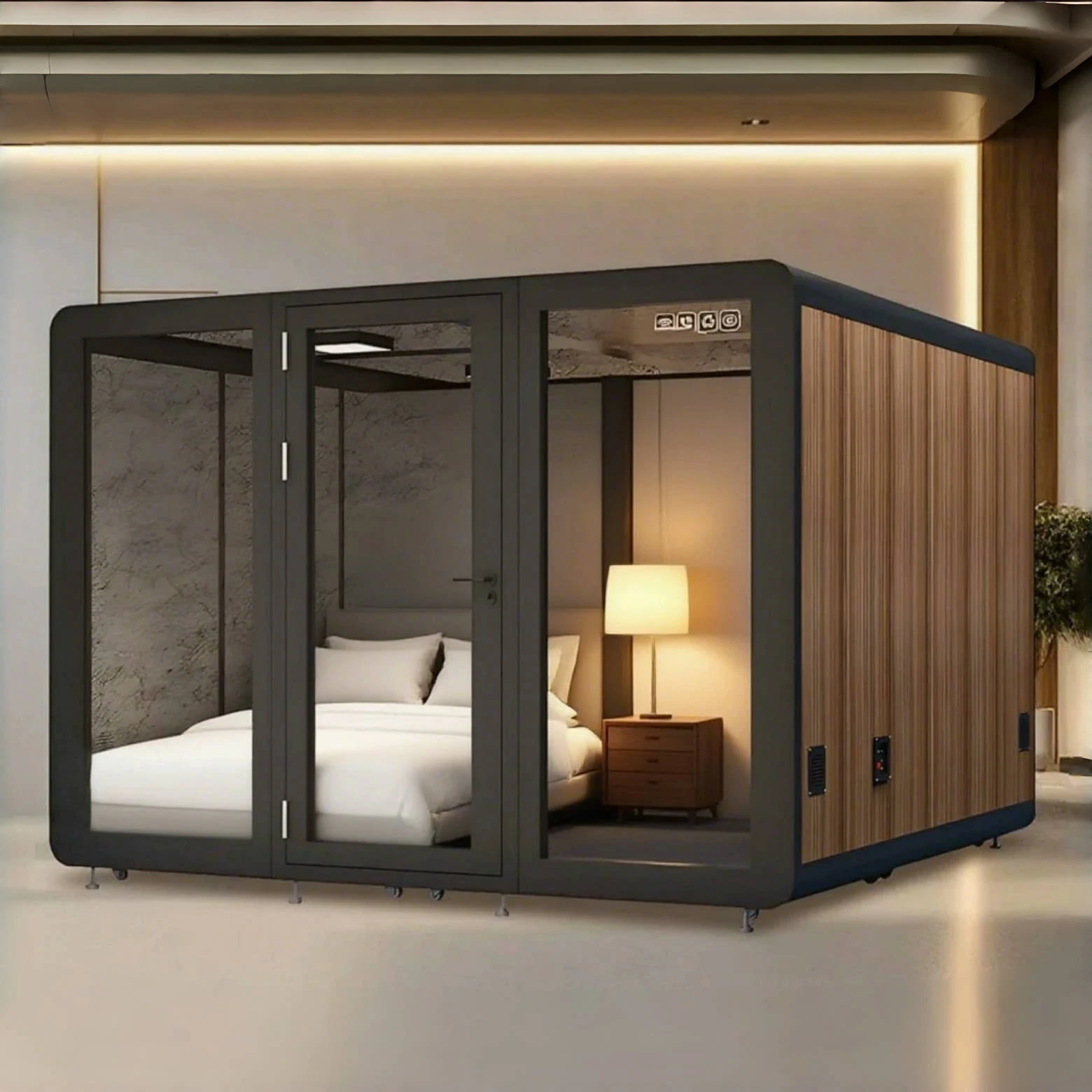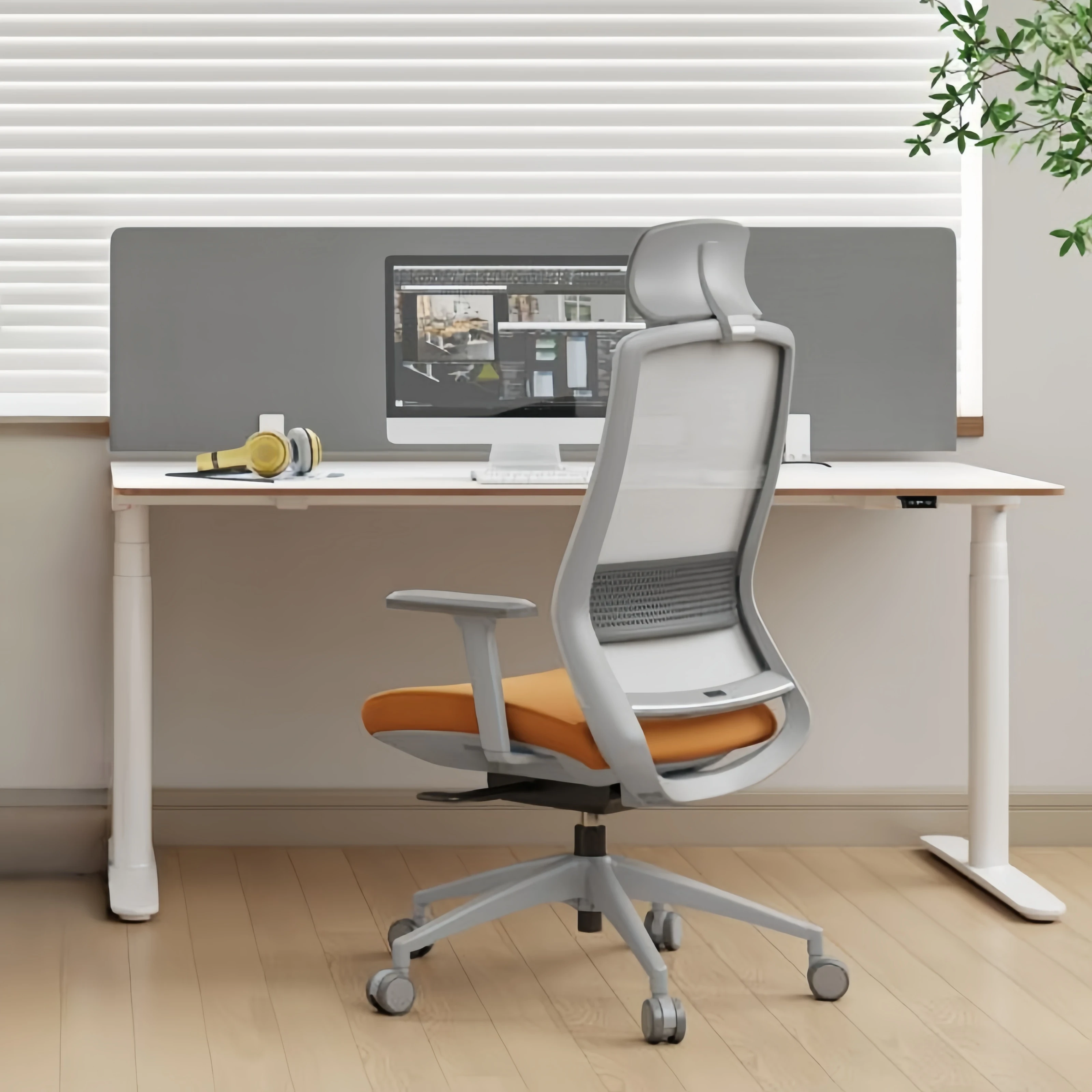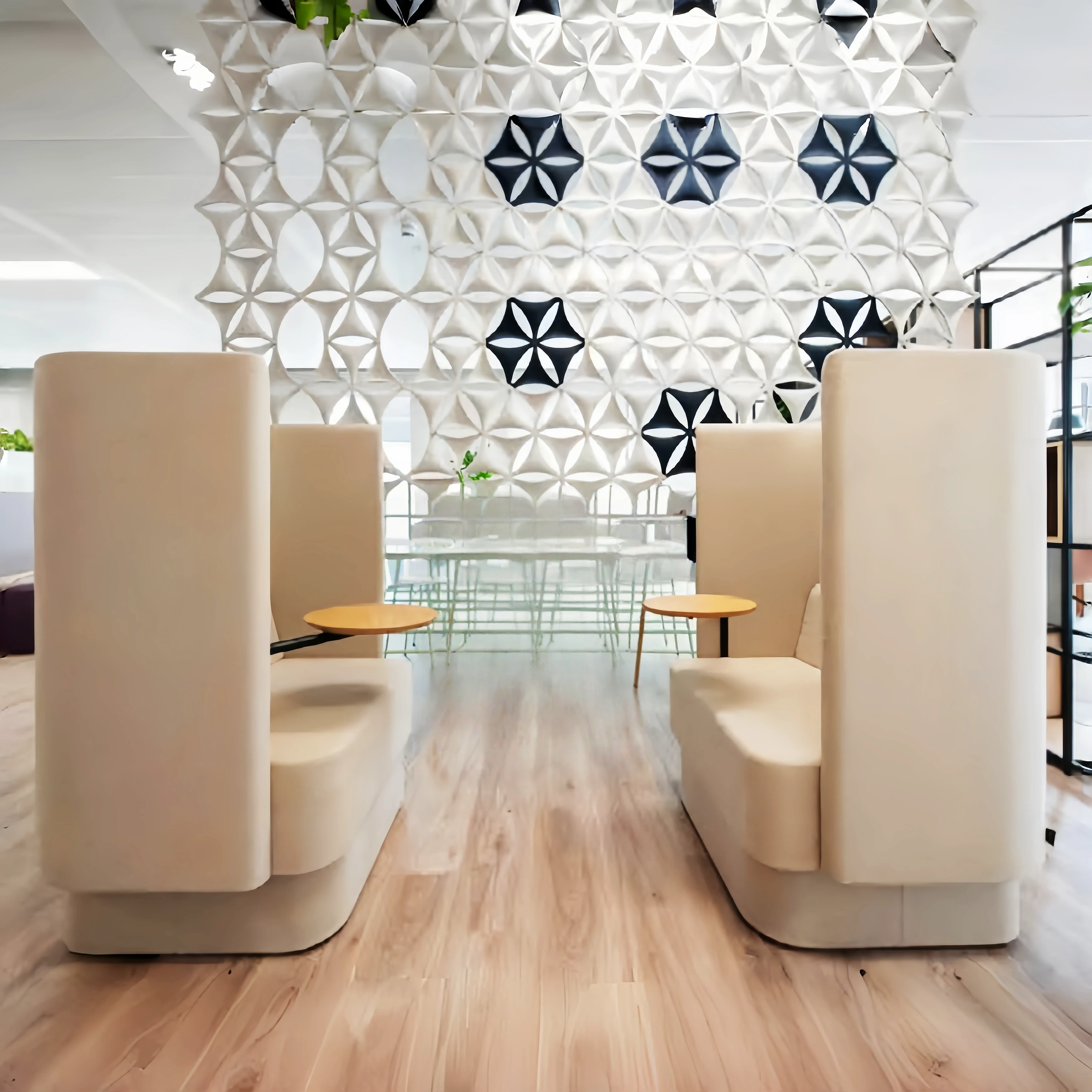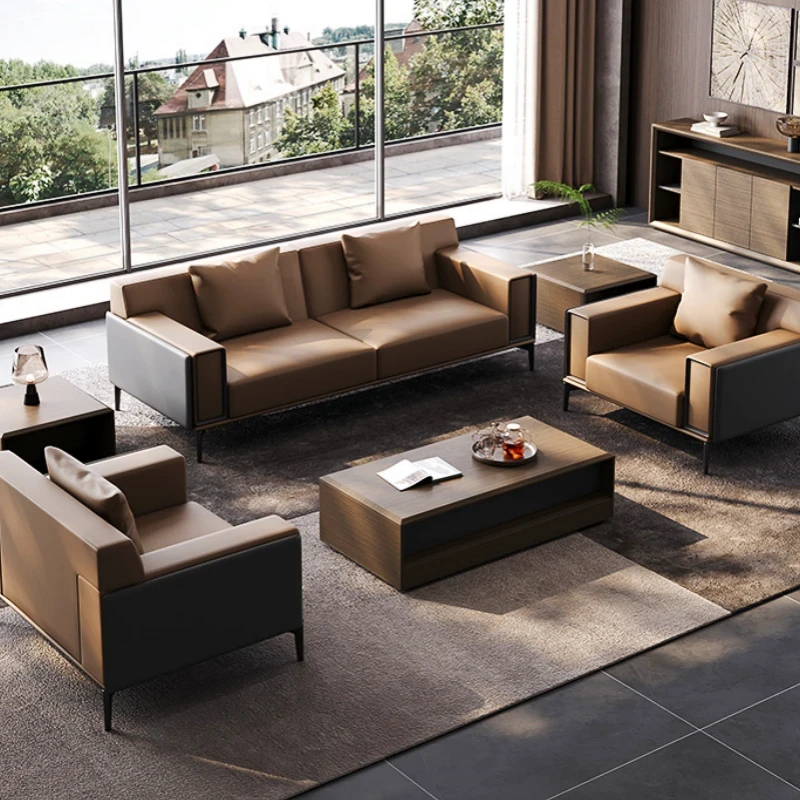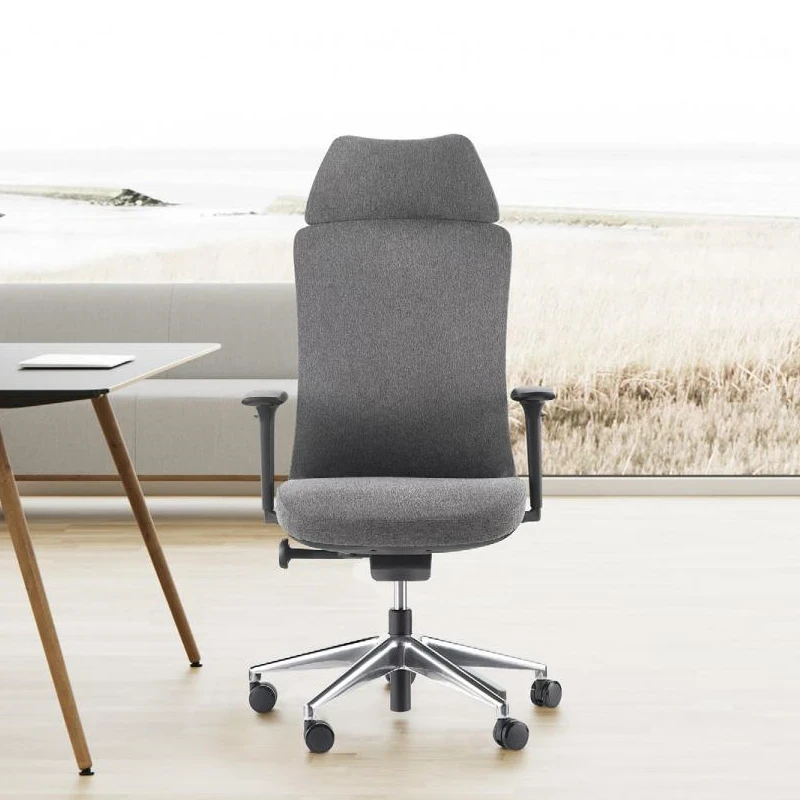In the age of the "996" work schedule, we may spend more time at our desks each day than we do sleeping. Yet, compared to our computer screens, we generally don't notice the ordinary desk before us. How did it develop to its present state? What can we learn from the perspective of the user, their work, and their lives?
Recently, "The Desk," an exhibition at the Design Museum in Ghent, Belgium, addressed these questions. The exhibition showcased 20 desks from different eras and 50 items of desk supplies and accessories, selected from the museum's collection by MacGuffin Design Magazine. The exhibit, organized around eight themes, depicted the evolution of office furniture: from the earliest portable "writing boxes" to prestigious home furnishings used by royalty; from the stereotypical long desks of factories to the personalized "work pods" of managers, to the vision of the "deskless office"... Through each desk, we can see the social status and role of the user at the time. In some eras, the design of the desk even offered a sense of spiritual liberation for the user.
Exhibition Site
From Mobile Office Boxes to Aristocratic Playthings
You might be surprised to learn that 17th-century "desks" bear a distant resemblance to today's laptops. Both were portable, allowing them to be taken anywhere for work. With the introduction of printing, books became increasingly portable, and "writing boxes"—desks that could be used to carry books and paper and write on—became popular. These wooden boxes had a sloping lid that could be opened for storage and closed for writing. Some royals and nobles also used small drawers inside to store jewelry and valuables. While writing boxes, like laptops, could be used on tables or laps, they were significantly bulkier.
In the 18th century, the French royal court's demand for office furniture spurred significant innovation in the industry. Hundreds of Rococo-style desks were produced, many featuring ornate gilt and bronze inlays. Some desks featured curved legs with feet shaped like animal legs. Some office furniture would also feature various lacquered panels painted with exotic Far Eastern illustrations. Multifunctional, serialized furniture design also began to develop during this period. For example, the multifunctional dressing table on display features a center tabletop that flips up for easy mirroring, and two side panels that swing open to the left and right to serve as a writing board. However, from a practical perspective, such an elaborately decorated "desk" with a seemingly flimsy top is unsuitable for long periods of desk work. Many Rococo-style office furniture, found in royal courts and aristocratic homes, served more like exquisite playthings for the privileged class to enjoy in their spare time, displaying their taste, wealth, and prestige when entertaining guests.
Exhibition Site
In comparison, the "secretaire" desk, popular among the French middle class in the 18th and 19th centuries, was more practical. When not in use, this desk resembled a cabinet with lockable, concealable drawers. Lowering the top panel provided a spacious writing space. Unlike traditional desks, where the user's activities are clearly visible, the cabinet's cabinet obscures the user's view, making it ideal for writing private letters. For female intellectuals in Paris at the time, a sense of self-independence was flourishing, and writing letters at a cabinet became a popular pastime and a symbol of social liberation. These letters allowed them to stay connected without leaving their homes. Through these exchanges, they constructed their identities and voices.
From Efficiency Machines to Personalized Cockpits
The Industrial Revolution brought about a dramatic shift in social structure, with manual production transitioning to mechanized production and a surge in the number of goods produced. Within factories, divisions of labor quickly emerged, including finance, record-keeping, and administration. The invention of the telegraph and telephone revolutionized communication, giving rise to offices independent of the production line. People began working at long, row-like tables, not much different from assembling parts on an assembly line. The tables' materials and supports were reinforced, as heavy typewriters replaced handwritten documents. This type of office design was associated with the "scientific management" theory proposed by Frederick Taylor at the time. Taylor's theory emphasized order, hierarchical organization, and supervisory management, viewing workers as "cogs on a production line" and "talking robots." Efficiency was paramount, and all workers were required to work under the watchful eye of managers, their ears filled with the clacking of typewriters. The closely packed desks created close proximity, leaving little privacy.
Maurice Kalka's Dart Desk
It wasn't until the end of World War I and the Great Depression that this efficiency-focused office design began to decline. In the late 1950s, open workspaces were introduced to office buildings. Managers became more concerned with how to motivate and inspire employees and optimize internal communication, and employees gained a degree of autonomy over their workspaces. In the early 1960s, the German "burollanschaft" design emerged, creating more flexible office layouts and using plants instead of walls to create organic boundaries. Managers and staff could sit together, and office furniture could be freely combined.
With the rise of new office spaces and the development of rationalist architectural design, desk design also continued to innovate. In 1963, BBPR designed the Arco series of desks for the Italian Olivetti office furniture company. The tabletop was made of methacrylate, and the legs eliminated the excess bulk of traditional desks, leaving only a minimalist metal frame. Two storage cabinets could be suspended from the inside of the legs, and the legs were adjustable. Two desks from the same series could be connected as needed, adapting to different usage scenarios. This was both practical and aesthetically pleasing.
In 1963, BBPR designed the Arco series of desks for the Italian Olivetti office furniture company.
The 1960s also marked the official entry of plastics into the furniture industry. In terms of shape, color, and tactile quality, plastics shattered previous expectations of furniture design. French sculptor Maurice Calka was a sculptor with a keen interest in plastics and fiberglass. In 1969, humans first landed on the moon, and the possibilities of space travel gave rise to a new futuristic design language. That same year, Kalka designed the Boomerang Desk, which would later become his most famous desk. This classic desk for managers is cast from polyester, featuring a sleek, asymmetrical shape and a smooth finish, with virtually no sharp corners typical of other desks. Its minimalist design also omits drawer handles, leaving only a small hole in the center for easy access. The Boomerang Desk series also comes in a variety of colors, including a red version that resembles a vibrant sports car, creating a unique look. French First Lady Claude Pompidou reportedly purchased a PDG Boomerang Desk for her husband. Later, an upgraded version of the Boomerang Desk series emerged: the desk and adjustable swivel chair were integrated, with a screen, intercom, and lighter built into the base. Sitting at the desk, managers felt like they were in the cockpit of a sci-fi spaceship, controlling everything from a central console.
From Deskless Offices to Infinite Possibilities
Shortly after the rise of the "officescape" design, American furniture designer Robert Propst introduced the "mobile office," a design offering greater privacy. This was the prototype of the modern cubicle, but the invention of the cubicle was not Propst's original intention. In the original "mobile office," employees' individual workspaces consisted of large desks and adjustable height partitions, which served not only as storage, schedules, but also as display shelves for impromptu meetings. However, with soaring US housing prices, rising office renovation costs, and the continued growth of the white-collar workforce, the flexible and free-spirited "mobile office" shrank into the small, cramped, and monotonous cubicle.
Writing Box, 1774
The development of computer technology has emancipated cubicle workers. In the 1980s, futurist Alvin Toffler predicted that 40 years from now, the era of big data would arrive, and that information technology would transform the way people live and work. Today, much of what he predicted, such as paperless offices, SOHO (working from home), and multinational corporations, has become a reality. The advent of the internet, laptops, and mobile phones has also inspired designers to envision the "deskless office." In 2002, Danny Venlet designed the futuristic "Easy Rider." Users can place their laptops on it for work, or simply use it as a cushioned chair for comfortable reclining or sitting. The Easy Rider was inspired by airport lounge seating. The designer observed that lounge seating lacked space for laptops, preventing people from using the waiting time to work on their tasks. He envisioned a workstation that offered both comfortable seating and the ability to focus on work anywhere. The Easy Rider's "legs" were equipped with wheels, allowing for easy movement to any position, overturning the traditional fixed-position desk design and further enhancing flexibility.
However, the deskless office ultimately failed to catch on. In the 21st century, open, collaborative workspaces have replaced cubicles. Many internet companies have also designed game rooms, plant walls, and lounges to meet the diverse needs of their employees. While some companies offer employees the freedom to choose different workstations and queue for desks, and freelancers can choose to work in shared offices or cafes, most people are still more accustomed to sitting at a desk. Having your own desk seems crucial, and people often like to decorate it with personal items like photo frames, books, coffee cups, and notebooks. It's as if the personality of a desk doesn't come from its design itself, but from the traces left by each person on it.
Exhibition Site
Every item on a desk reveals the life of its user. From fountain pens to typewriters to personal computers, generations of office tools have been eliminated by time. Gone are the computers, calendars, and folders that once graced desks, replaced by a collection of abstract symbols on the computer desktop.
Since the outbreak of the pandemic last year, more and more people have experimented with working from home. Desks, dining tables, coffee tables, and even small desks can all become makeshift workspaces. The objects on desks are becoming increasingly complex, blurring the lines between personal and work life. Everyone's office desk holds countless possibilities. Belgian fashion designer Ann Demeulemeester drew inspiration from this when she designed a "blank" desk. The entire surface is covered in a large sheet of white canvas. In the designer's words, it's "a desk that children will want to draw on." The items placed on the desk and the traces of use left behind are like "paintings" on the canvas: at that moment, everything revealed on the desk represents our real life. After use, simply repaint the canvas white, and the desk returns to its original, blank state.
Exhibition Site
From a wooden writing box to the "any desk" that exists in any form or location, the desk has accompanied humanity through centuries of history. It's more than just an ordinary piece of furniture, tucked away in the mundane; it offers a glimpse into the work and life of users throughout time. In the future, as human work needs continue to evolve, desk design will continue to diversify, just like Demeulemeester's "blank" desk, filled with endless possibilities.

 USD
USD
 GBP
GBP
 EUR
EUR

